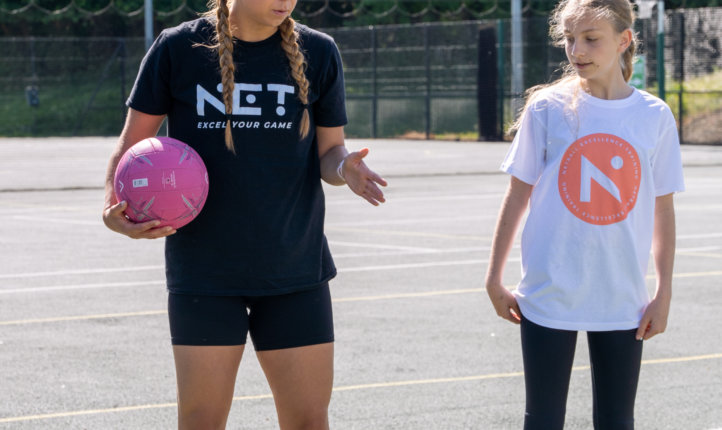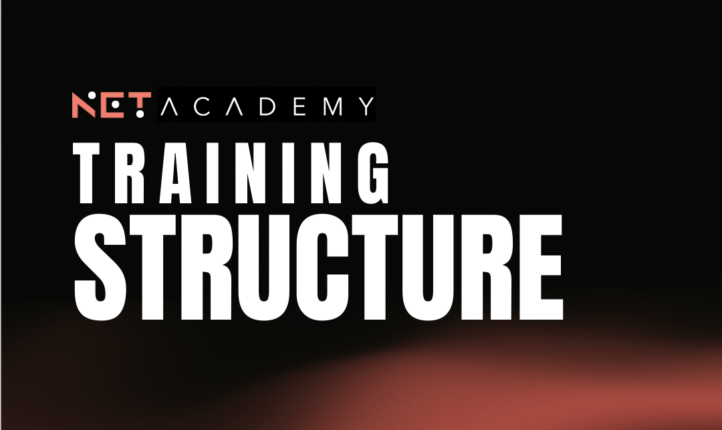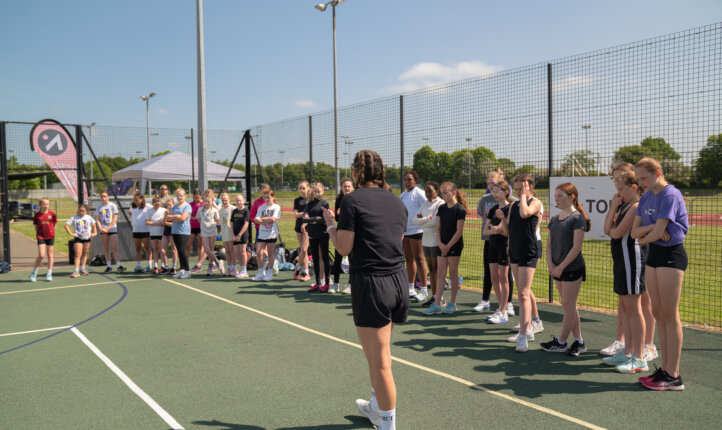December 1, 2020
Encouraging Decision Making on the Court
“Players need to know what it feels like to be chaotic on court and the negative result it can have on the game in order to earn their netball zen.”
Picture this. You have just completed the coaching session of your life. The players got it. They were formidable. You are feeling confident about the game at the weekend. The weekend comes, and on game day it’s as if you are coaching another team. The brilliance you saw in them at your weekly training seems to have fizzled away and they are no longer able to put the set plays you worked on into practice and you are seriously doubting your coaching talent. Sound familiar?
We’ve all been there. And it’s not a reflection on your players ability or your abilities as a coach. Rather it is to do with making decisions in pressured situations. You can not be on the court for them, you cannot hold their hand through every movement and pass on the court, so as well as coaching your players how to set up a zone in defence (for example) you also need to coach them how to stay calm on court to make the right decisions, even when the pressure is high! So how do we do this?
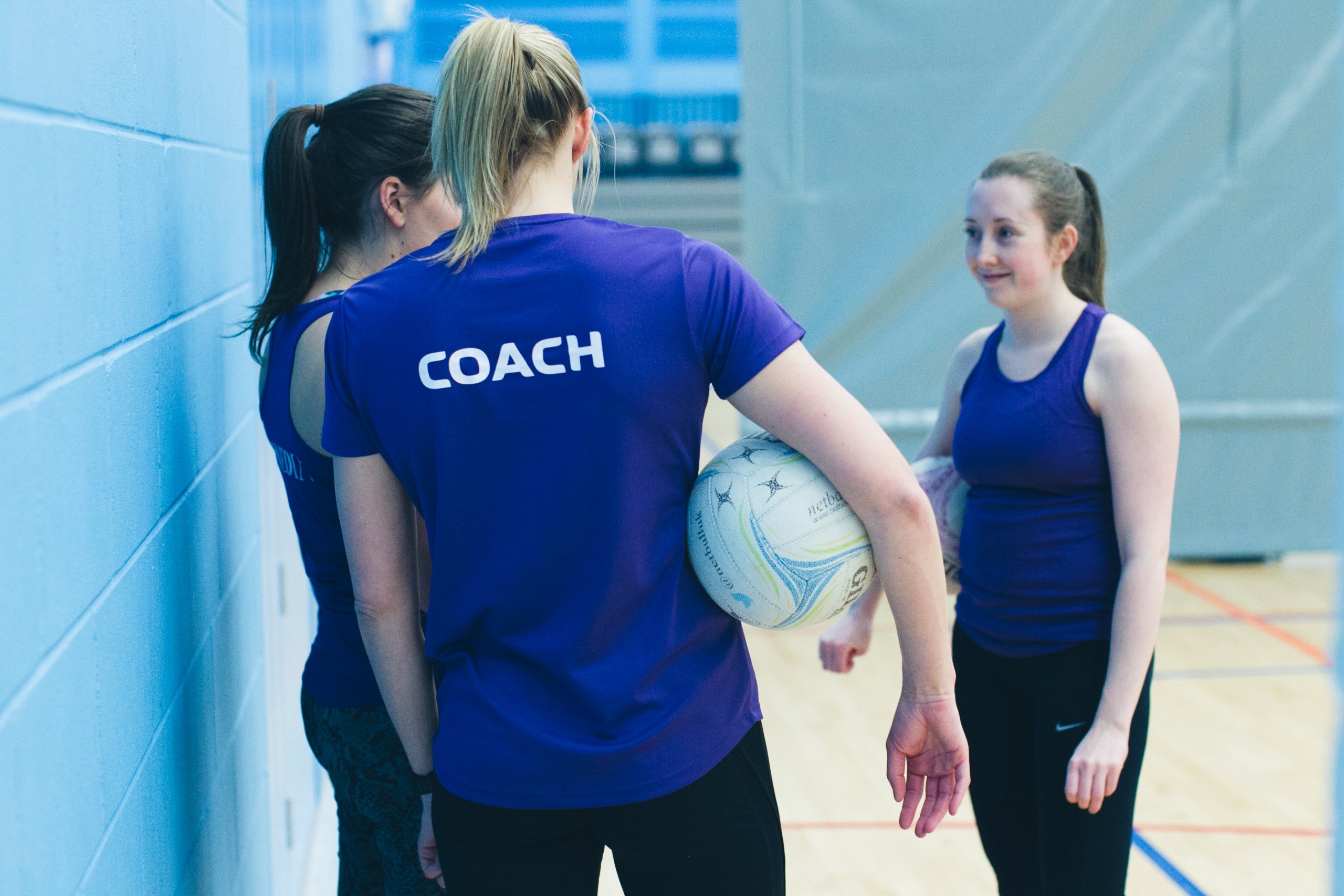
Dunedin Netball Club, in training at The Oriam Sports Complex, at Heriott-Watt University, Edinburgh. For Sport Scotland. 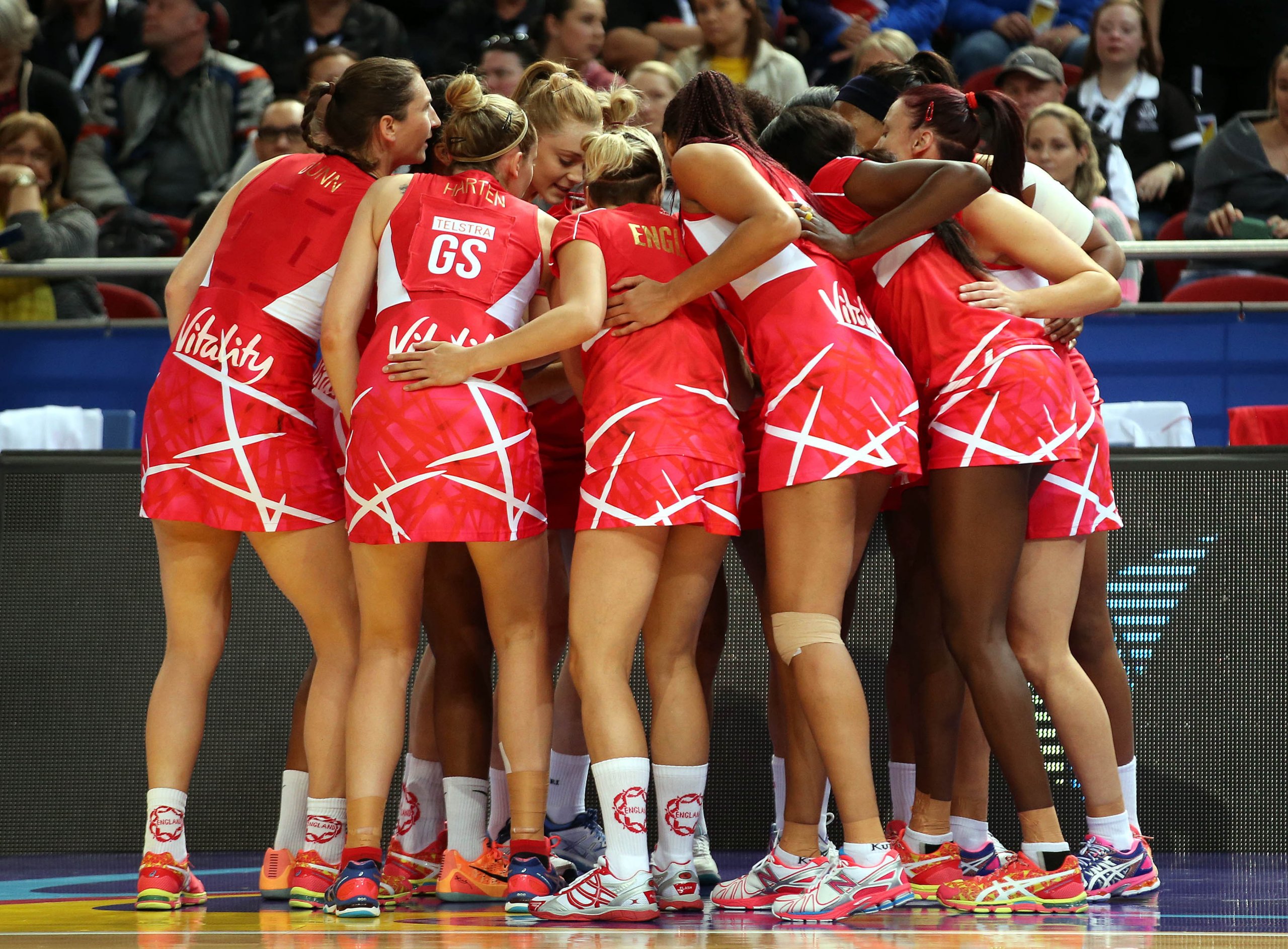
The England netball team huddle
Firstly, calmness on court doesn’t come over-night and it certainly isn’t the result of one training session. In fact players need to know what it feels like to be chaotic on court and the negative result it can have on the game in order to earn their netball zen. Put your players out there, allow them to get experience in pressured games and allow them to make decisions, whether right or wrong. It may effect the end score, it may result in a chaotic game, they will make the wrong decisions, but they will learn. It creates the opportunity for you to have open conversations with your team and even individual players about decision making on court and will give them a shared and relatable experience for you to ground your coaching off of. It’s always worth sacrificing one game to benefit the bigger picture.
Once you have allowed your players to recognise the importance of calm decision making, it is now your chance to replicate this in training. Instead of completing steady drills on court with perfect demonstrations of footwork and passing, make your training chaotic. You can add multiple defenders to a small space to encourage players to make quick movements, you can reduce the amount of seconds players are allowed on the ball to encourage quick decision making, you can add noise and distractions to replicate match day scenarios. Whatever it is, it is important to replicate game play in training sessions in order to get players used to the environment of a match. Remember to always start small and build up to avoid overwhelming players, but no matter their age or ability causing chaos in training will help you to future proof their decision making on court in a game.
Finally, don’t be afraid to empower your players and put them on the coaches bench. Start a training session with players in their court units. Give them a piece of paper and ask them to list all the pressures they feel in a game. Discuss this with them and then ask them to come up with a set of ‘rules to play by’ – promises they will make as a unit to help encourage calmness on court and organise their play. Defensive units may decide to always look for a short pass after an interception in order keep the ball safe and allow the team time to reset, or shooters may decide to always have the tallest player on court at a backline pass to make sure there is always an easy option onto the court. Whatever it is, empowering your team to make their own decisions about their play will keep them calm on game day, allow them to make better decisions and also help hold them accountable for their actions on court. All of a sudden, play will seem less of an erratic game of chance but rather a logical progression from one ‘rule to play by’ to the next.
Has this helped you? Are you feeling inspired to get back to coaching? Get in touch on socials and let us know.







